History of textiles
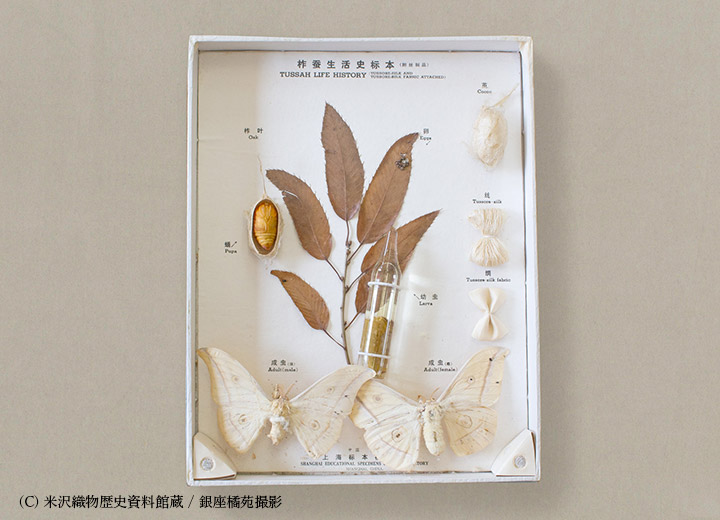
Silk yarn is produced from cocoons that silkworm moth spits out when they were silkworm chrysalis.
In the Edo period, some documents describe the moth (heavenly insect) as Kamiko, and it is still referred to with warmth as "Okaiko-san".
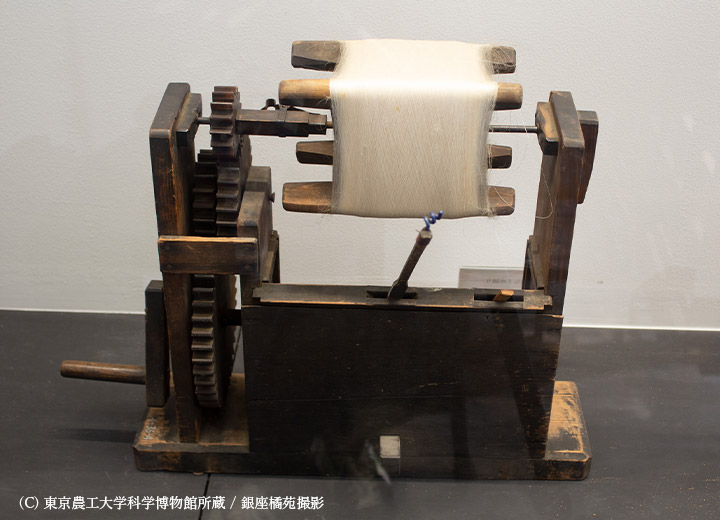
The silk road. As its name suggests, silk and silk have been prized since ancient times. Silk fabric excavated in the northern region of Kyushu from the early Yayoi Period is considered the oldest of its kind in Japan.
In the 5th century, a significant change in yarn and weaving technology took place. Many engineers came from the mainland of China and the Korean peninsula and conveyed their techniques for mulberry tree making (Mulberry trees are food for silkworms) sericulture, yarn making and weaving along with ironware and ceramics. It is also believed that the "Kinu-nui-Mai" sewing instruction was given at that same period.
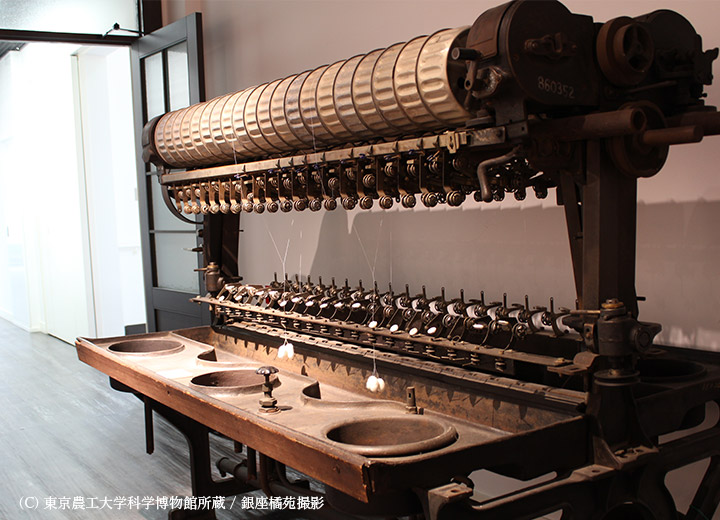
After that, the technology continues to improve with the dispatch of ambassadors to the Ming-dynasty. And the import of European textiles also brought forward the advancement of high-grade textile technology. The technology gradually evolves through intermittent exchanges with overseas countries.
On the other hand, in the 17th century, the Edo period against the backdrop of the domestic social structure that changed after the war. The townsmen culture blossomed.
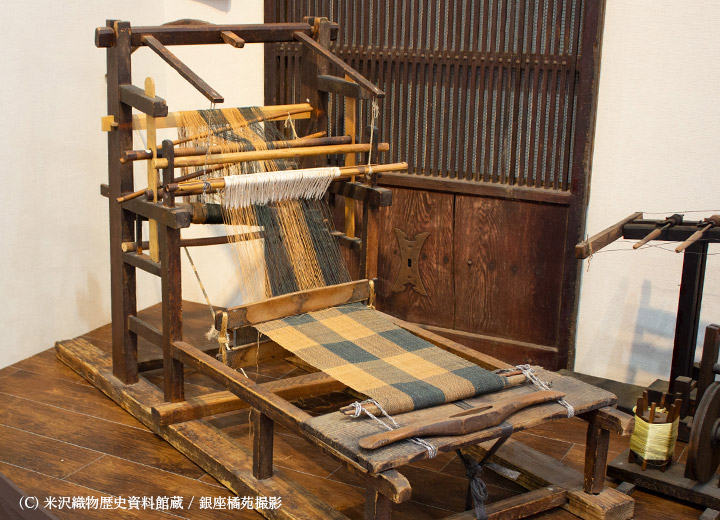
Until that time, the shape of kimono was very different from the court-nobles, samurai and commoners. All have been integrated to Kosode (similar to the form of a modern kimono). The townspeople who exhibited economic development and strong cultural consciousness created their own aesthetic sense. And The detailed clothing regulation by the social class may also been the driving force of the townspeople's "spirit" and "smart" ideas for the change.
In line with the tastes of the upper class, technology had been advanced through the production of delicate silk fabrics. To accomplish this, new elements have been demanded by the industry.
The policy of national isolation also encouraged the production of domestic products, and as a result, we entered an era in which both production capacity and quality improved.
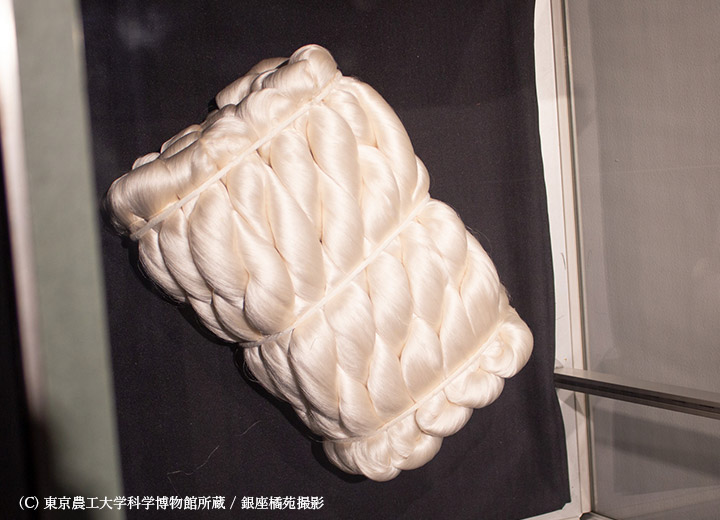
Many people from other countries think that kimonos are all made from silk because the influence of this era is so strong. "Kimonos are all the same." although there are dramatic differences in materials.
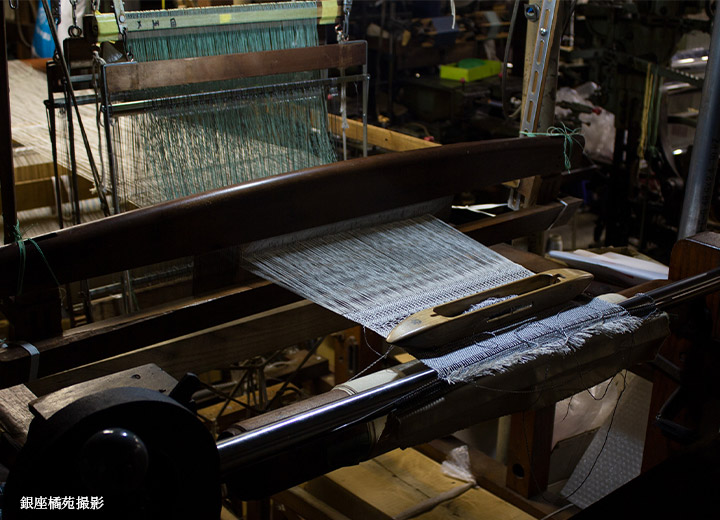
Since modern times, with the introduction to silk reeling, spinning, and weaving machinery from western countries, the influence contributed heavily to areas like domestic machinery manufacturing.
In this way, while repeating the process of technology absorption during the international trade period and the era of incorporate and harmonization of said technology during the national isolation, our unique costume culture prospered.
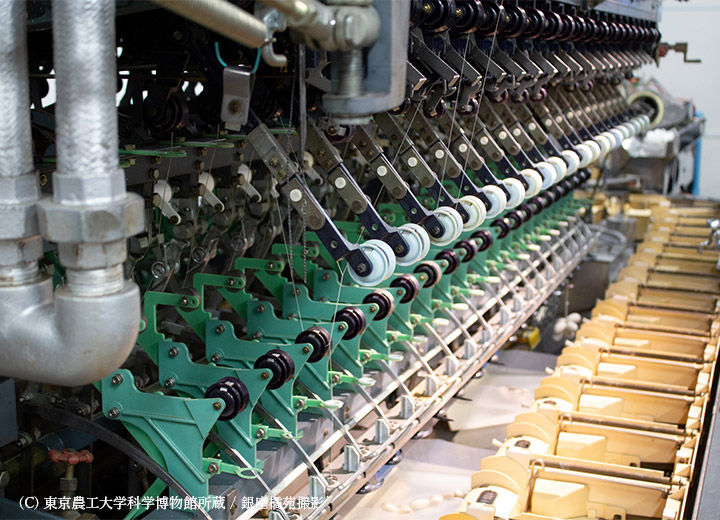
Weaving machines and weaving tools are indispensable for manufacturing fabrics that are currently being used for Kimonos and sash belts, both woven by hand and automatic weaving machines.
The textile industry supports all the manufacturers of tools and parts for the business.
And all of this is the result of the constant efforts of many engineers over a long period of history.
Eternal and Immutable.
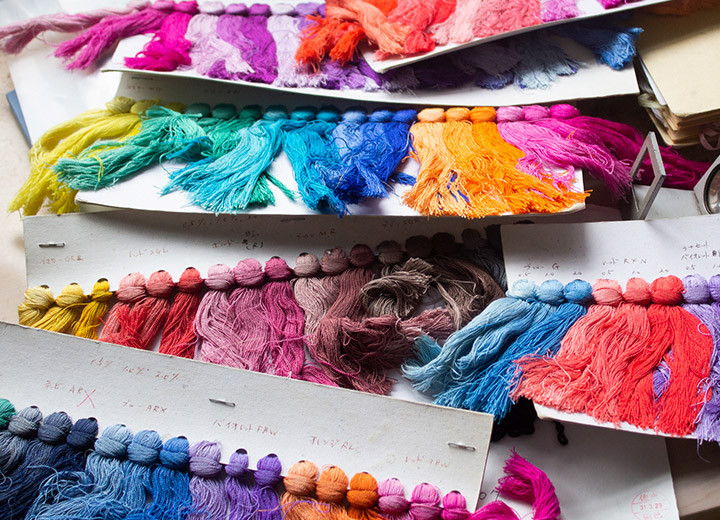
We are closest to fit your needs in terms of the authentic Kimono.
We have worked hard to create an ideal environment for you to have your fitting session with ease, and we have acquired the knowledge to do exactly that.
We handle traditional clothing called "Kimono", but i think that the invariant thing is not Kimono itself but the people's unvarying need for it.
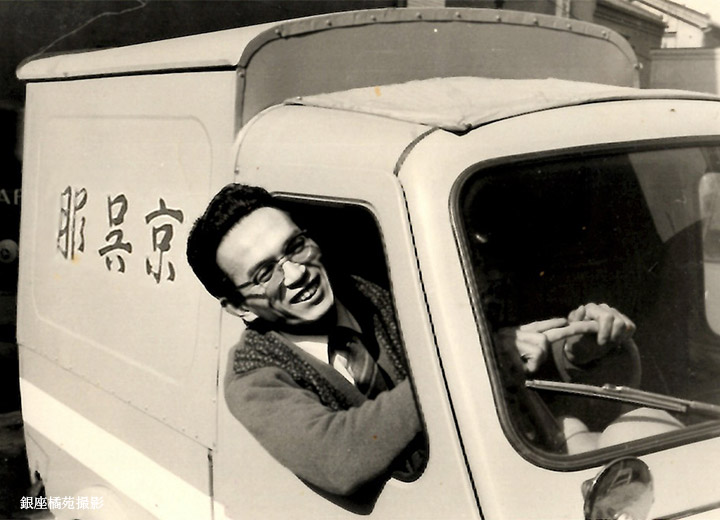
A tradition that continues to be inherited. A culture that inherits in accordance with the times.
Those who wear Kimono are supporting the kimono culture as well as those who make makes it.
From the name of the founder, "Kou" was chosen as the brand name, with the desire to serve the people who support us and to our predecessors who contributed to the business.
For this reason, the Kimono and Haori we have prepared for the men's kimono rental service "Ginza Kou" are domestically made and sewn using locally produced silk fabric.
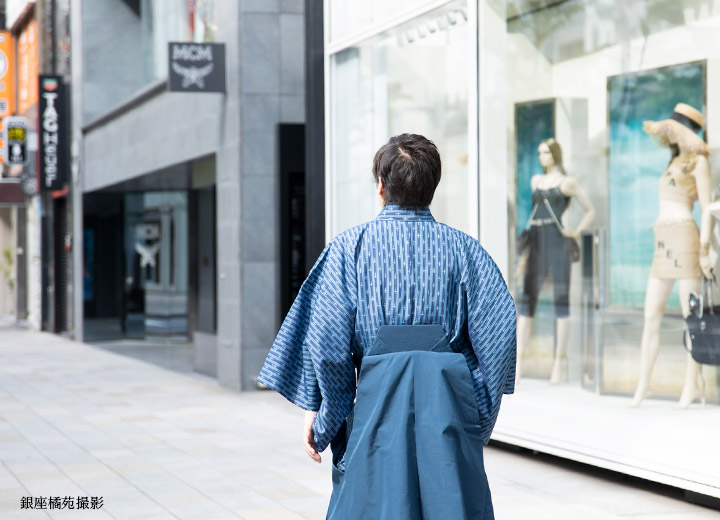
Nowadays, you can get a "Kimono" fairly easily. Kimono is not only a traditional Japanese costume but also a product that was brought up by interaction with other countries. In other words, a truly international outfit.
When you put on a kimono on your shoulders, think about why it has been handed down throughout the years.
Perhaps you will feel the pride of the people involved in preserving this culture to reaching this point.
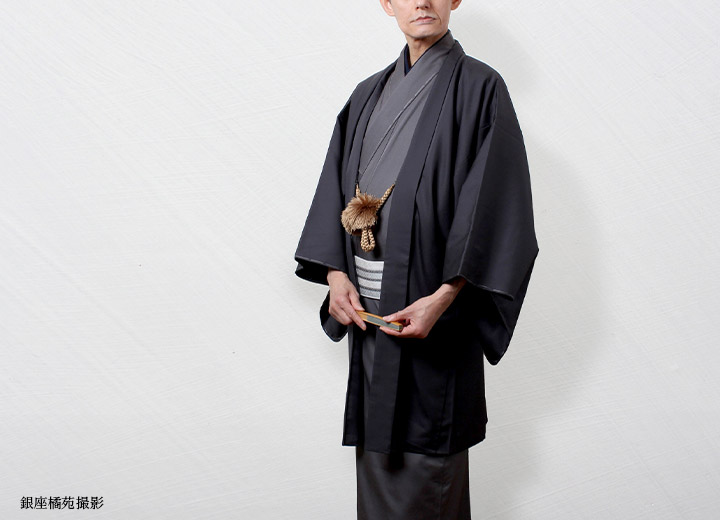
A nostalgic garment suitable for a man of taste. That is the Japanese Kimono.
Miyoko Harada Proprietress, GinzaTachibanaen